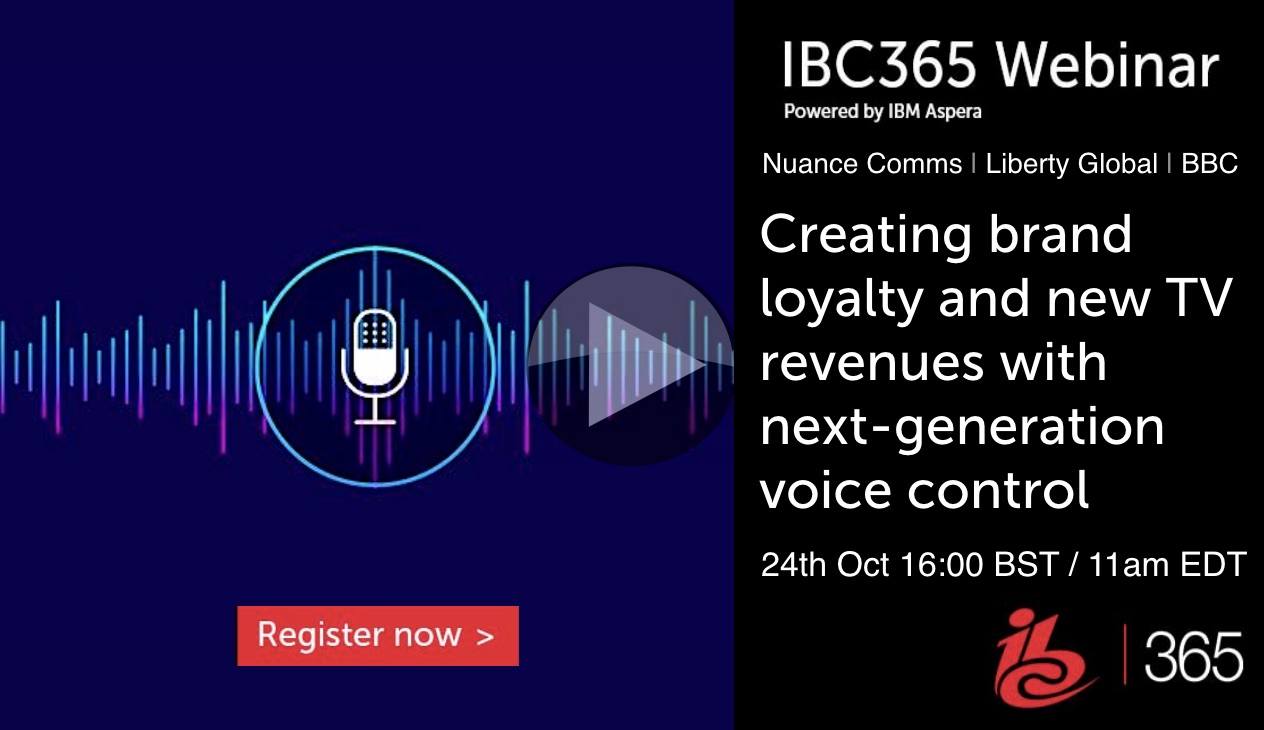“Standardisation is more than just a player format”. There’s so much to a streaming service than the video, a whole ecosystem needs to work together. In this talk from Comcast’s Mile High Video 2019, we see how different parts of the ecosystem are being standardised for live ingest.
RTMP and Smooth streaming are being phased out – without proper support for HEVC, VVC, HDR etc. they are losing relevance as well as, in the case of RTMP, support from the format itself. Indeed it’s clear that fragmented MP4 (fMP4) and CMAF are taking hold in their place so it makes sense for a new ingest standard to coalesce around these formats.
Rufael Mekuria from Unified streaming explains this effort to create a spec around live media ingest that is happening as part of MPEG DASH-IF. The work itself started at the end of 2017 with the aim of publishing summer 2019 supporting CMAF and DASH/HLS interfaces.
Rufael explains CMAF ingest used HTTP post to move each media stream to the origin packager. The tracks are separated into video, audio, timed text, subtitle and timed metadata. They are all transferred on separate tracks and is compatible with future codecs. He also covers security and timed text before covering DASH/HLS ingest which can also contain CMAF because HLS contains the capability to contain CMAF.
Reference software is available along with the <a href=”http://”https://dashif-documents.azurewebsites.net/Ingest/master/DASH-IF-Ingest.pdf” rel=”noopener noreferrer” target=”_blank”>specification.
Watch now!
Speaker
 |
Rufael Mekuria Head of Research & Standardisation, Unified Streaming |














